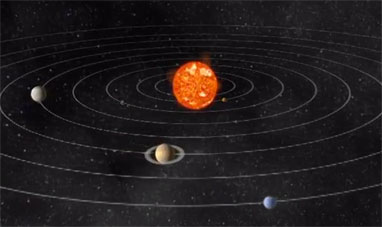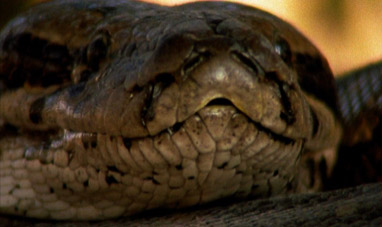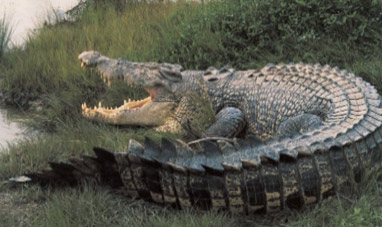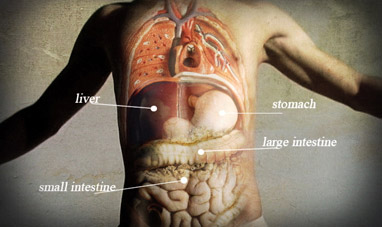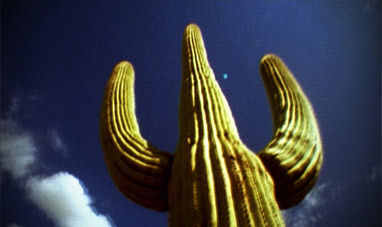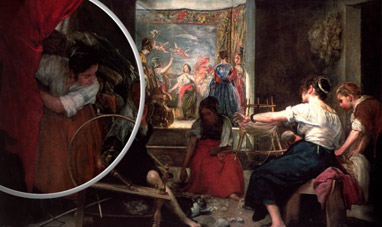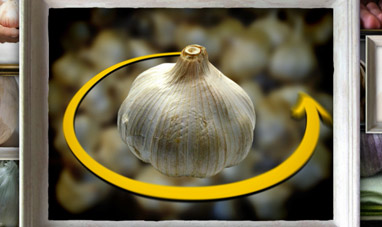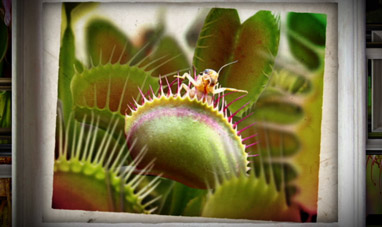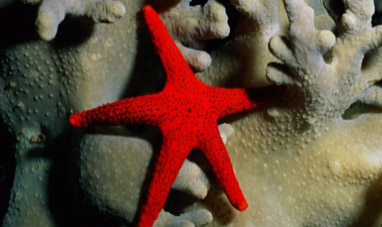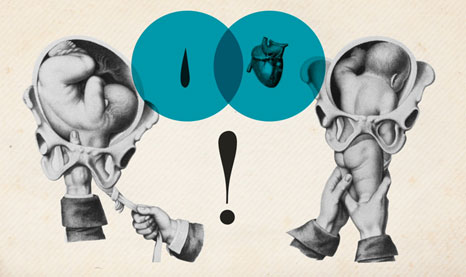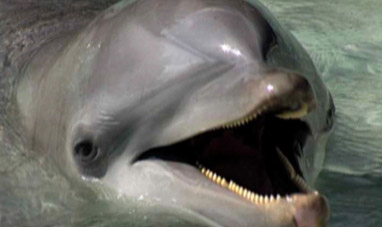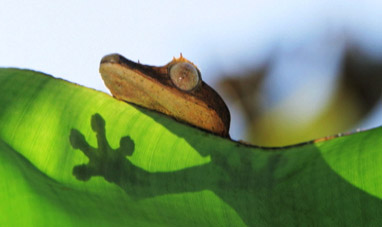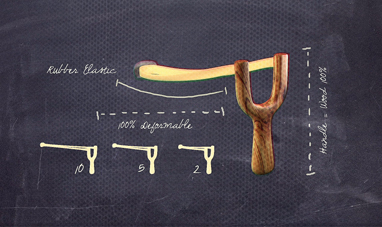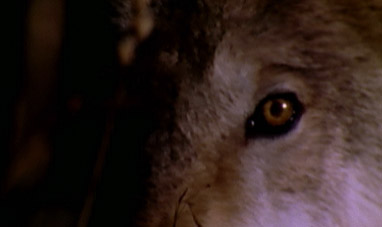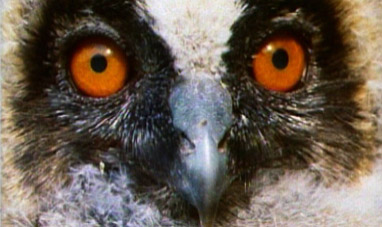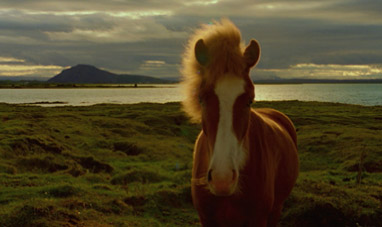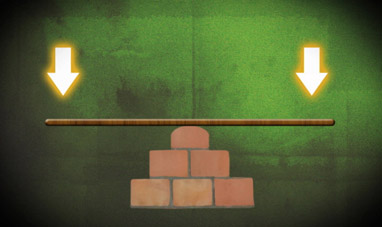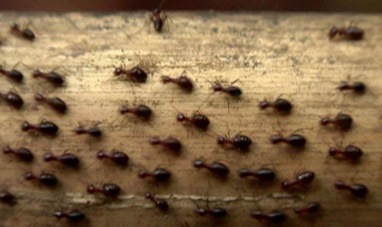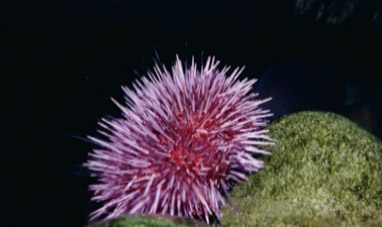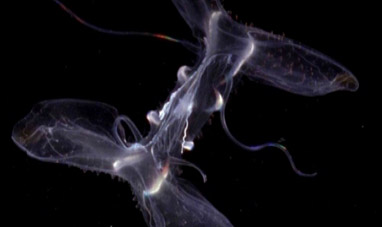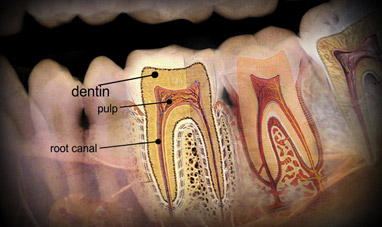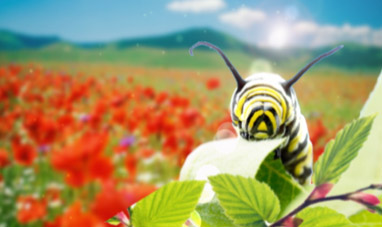The tarantula is a poisonous spider. It belongs to the arachnid class. There are more than 800 species of tarantula. They are widespread throughout Central and South America , Southern Europe, Africa , Oceania and the southern part of Asia. Depending on the species, a tarantula’s size can range from 2.5 to 10 cm . Including the spider’s extended legs , some can grow up to 30 cm. The body is divided into two sections. The front part or prosoma includes the head and the chest. The rear part or opithosomo contains the abdomen. The prosoma contains 8 eyes, a mouth, and 2 pairs of appendages : the chelicerae and pedipalps. The pedipalps have both a tactile and sexual function. The chelicerae are small prehensile fangs. These fangs can fold upward and downward and are used to inject the tarantula’s venom. All tarantulas have 4 pairs of legs that extend from the prosoma. The abdomen is covered with a light down that has shades of gray, black and brown. It also contains glands and spinnerets. The spider ejects a liquid which, in contact with the air , becomes a silky filament. Worked on with with the spider’s legs , this filament is transformed into a web. As an invertebrate, the tarantula does not have an internal skeleton. It does, however, have an external skeleton called an exoskeleton. Younger tarantulas shed their exoskeleton once a month . The adults , on the other hand, shed it once twice a year. The tarantula is a solitary animal that becomes active at dusk. It is a predator and a carnivore, hunting insects, mice and even small birds.
It injects its venom into the victim. The venom also acts as a gastric juice. Digestion, in fact, takes place outside the body. These juices dissolve the tissues of the prey , which is then sucked through the mouth of the tarantula. When mating, the male deposits sperm on a web which it then closes with its pedipalps. Once it has found the lair of a female, the male starts courtship by drumming on the ground with its feet to draw the female out. The male transfers the sperm from its pedipalps into the female's genital slit , called the spermatheca. After mating the male flees to avoid being devoured by his partner. The female instinctively begins eating because it has an immediate need for food to supply the large number of eggs produced. The female spins a cocoon in which to lay her eggs. She lays between 5 to 2000 eggs depending on the species . She then loads the cocoon on her abdomen and carries it with her everywhere. The eggs hatch after 10 days, but the little cocoon remains in place for another 3 weeks. The deadly reputation of the tarantula’s venom is more myth than reality. Contrary to popular belief, a tarantula’s bite is not lethal to humans: its venom is comparable to that of a wasp.
It injects its venom into the victim. The venom also acts as a gastric juice. Digestion, in fact, takes place outside the body. These juices dissolve the tissues of the prey , which is then sucked through the mouth of the tarantula. When mating, the male deposits sperm on a web which it then closes with its pedipalps. Once it has found the lair of a female, the male starts courtship by drumming on the ground with its feet to draw the female out. The male transfers the sperm from its pedipalps into the female's genital slit , called the spermatheca. After mating the male flees to avoid being devoured by his partner. The female instinctively begins eating because it has an immediate need for food to supply the large number of eggs produced. The female spins a cocoon in which to lay her eggs. She lays between 5 to 2000 eggs depending on the species . She then loads the cocoon on her abdomen and carries it with her everywhere. The eggs hatch after 10 days, but the little cocoon remains in place for another 3 weeks. The deadly reputation of the tarantula’s venom is more myth than reality. Contrary to popular belief, a tarantula’s bite is not lethal to humans: its venom is comparable to that of a wasp.




